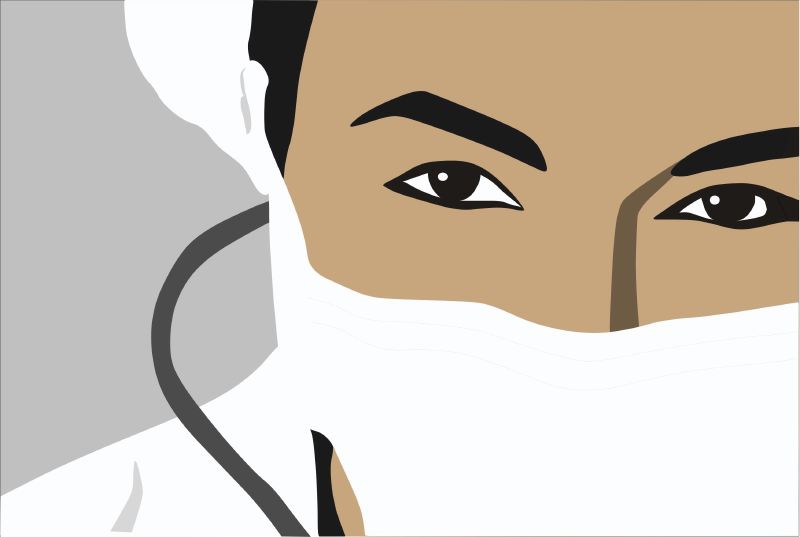
As physicians we are trained to take responsibility: for our patients; for maintaining and improving our skills and knowledge; for our teams, colleagues, and organizations. We are notoriously poor at taking responsibility for our own health and well being – hence our high rates of burnout, mental illness, addictive disorders, and suicide.
Physician burnout is not solely the result of individual physician characteristics, but is significantly influenced by systemic factors within the healthcare industrial complex.
In this blog, we will delve into the concept that physician burnout is more accurately described as an administrative disorder rather than a physician disorder, emphasizing the organizational and systemic factors that contribute to burnout in doctors.
Physician burnout is characterized by emotional exhaustion, depersonalization, and a reduced sense of personal accomplishment. It can lead to decreased job satisfaction, reduced quality of patient care, and even early retirement among physicians (Maslach et al., 2001) [1].
While individual factors such as coping skills and resilience can play a role, it is essential to recognize the significant impact of administrative and systemic factors in driving burnout among physicians.
Physician burnout is not solely the result of individual physician characteristics, but is significantly influenced by systemic factors within the healthcare industrial complex.
Insufficient resources, including staffing shortages and limited access to support services, can strain physicians and hinder their ability to deliver quality care. The lack of support in managing the increasing complexity of healthcare further exacerbates burnout (Dyrbye et al., 2017) [5].
Lack of resources can force physicians into impossible choices and lead to moral injury and worse, as we have previously explored.
Moral injury can be as mild as the feeling of unease stemming from situations where institutionally required behavior does not align with the clinician’s moral principles. Or it can cause serious psychological trauma.
When physicians perceive a disconnect between their professional values and the reality of their work environment, it can lead to moral distress and emotional exhaustion.
Misaligned priorities, financial pressures, and conflicts between patient-centered care and administrative demands contribute to burnout (Dzau et al., 2018) [6].
Physician burnout is a complex issue with far-reaching implications for healthcare professionals and patient care. Recognizing that it is primarily an administrative disorder, influenced by systemic factors within the healthcare system, is crucial.
By addressing excessive administrative burdens, providing adequate resources and support, fostering autonomy and control, and aligning values with practice, healthcare organizations and policymakers can mitigate physician burnout.
Creating a work environment that values physician well-being and supports their professional fulfillment will ultimately lead to improved patient outcomes and a more sustainable healthcare system.
References
1. Maslach, C., Schaufeli, W. B., & Leiter, M. P. (2001). Job burnout. Annual Review of Psychology, 52, 397-422.
2. Sinsky, C., Colligan, L., Li, L., Prgomet, M., Reynolds, S., Goeders, L., … & Murphy, D. (2016). Allocation of physician time in ambulatory practice: A time and motion study in 4 specialties. Annals of Internal Medicine, 165(11), 753-760.
3. West, C. P., Dyrbye, L. N., & Shanafelt, T. D. (2016). Physician burnout: Contributors, consequences, and solutions. Journal of Internal Medicine, 283(6), 516-529.
4. Shanafelt, T. D., Noseworthy, J. H. (2017). Executive leadership and physician well-being: Nine organizational strategies to promote engagement and reduce burnout. Mayo Clinic Proceedings, 92(1), 129-146.
5. Dyrbye, L. N., West, C. P., Sinsky, C. A., Goeders, L. E., Satele, D. V., Shanafelt, T. D. (2017). Medical licensure questions and physician reluctance to seek care for mental health conditions. Mayo Clinic Proceedings, 92(10), 1486-1493.
6. Dzau, V. J., Kirch, D., & Nasca, T. (2018). To care is human—collectively confronting the clinician-burnout crisis. New England Journal of Medicine, 378(4), 312-314.
7. West, C. P., Dyrbye, L. N., & Shanafelt, T. D. (2018). Physician well-being and professionalism. The Journal of the American Medical Association, 319(15), 1543-1544.
